Combining WordPress with Bootstrap offers a powerful synergy for website development. Bootstrap’s responsive design, pre-made components, and robust grid system enhance the WordPress platform, enabling developers to create visually appealing, mobile-friendly websites efficiently. The seamless integration of Bootstrap’s CSS and JavaScript components ensures a consistent and polished user experience across various devices. This collaborative approach not only simplifies the development process but also allows for the creation of modern and feature-rich WordPress themes with ease.
What is Bootstrap?
Bootstrap is a popular open-source front-end framework for building responsive and mobile-first websites and web applications. It was originally created by Twitter and is now maintained by a community of developers. WordPress Development with Bootstrap provides a collection of pre-designed HTML, CSS, and JavaScript components, such as navigation bars, buttons, forms, and more, to help developers create consistent and visually appealing user interfaces. Key features of Bootstrap include
1. Responsive Design
Firstly, Bootstrap is designed to be responsive, meaning that the layout of a website or application built with Bootstrap automatically adjusts and adapts to different screen sizes, including desktops, tablets, and smartphones.
2. Grid System
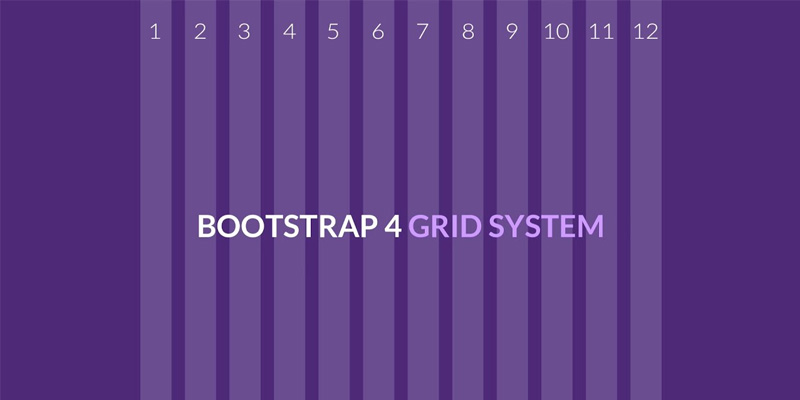
Bootstrap includes a responsive grid system that helps organize and structure content on a web page. The grid system is based on a 12-column layout, making it easy to create complex layouts with flexibility.
3. CSS Components
Bootstrap provides a set of CSS components like typography, tables, forms, buttons, and more. These components have a consistent style and can be easily customized.
4. JavaScript Components
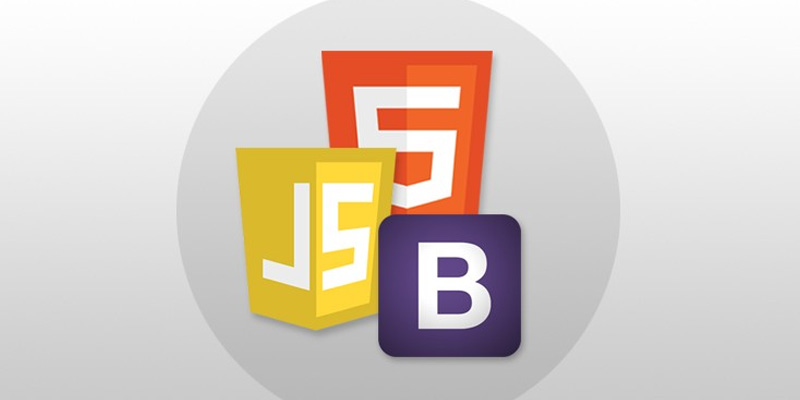
Bootstrap includes a variety of JavaScript plugins to enhance the functionality of a website or web application. Examples include modal dialogs, carousels, tooltips, and popovers.
5. Themes and Customization
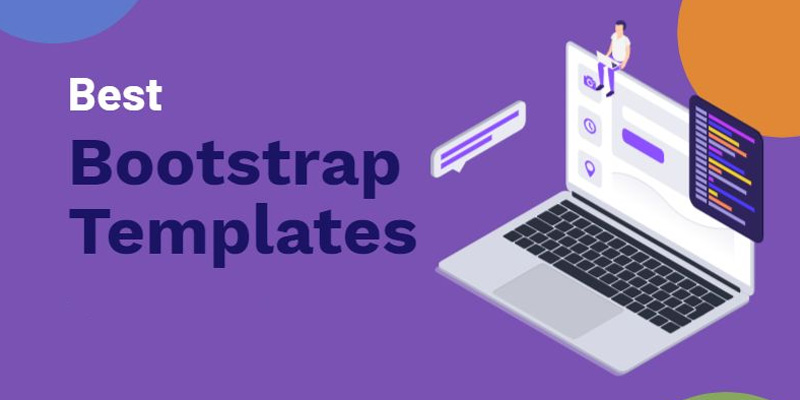
Bootstrap can be customized using Sass, and there are also pre-built themes available. This allows developers to create a unique look and feel for their projects.
6. Community and Documentation
Bootstrap has a large and active community of developers. It also comes with comprehensive documentation that makes it easier for developers to learn and use the framework.
Get A Free Estimate on Website DesignTop Free Bootstrap WordPress Themes

Discover exceptional website design with our curated list of the best free Bootstrap WordPress themes. However, These themes provide a stylish and functional foundation for your site, ensuring an appealing and user-friendly experience for your visitors. Upgrade your website’s aesthetic and functionality effortlessly with these top-notch themes, available without any cost.
1. Futurio
Futurio stands as a versatile and contemporary WordPress theme, presenting a sleek design coupled with extensive customization features. Prioritizing user experience, it caters to diverse websites, guaranteeing a refined online identity. Explore its capabilities and download it here: https://wordpress.org/themes/futurio/
2. Shapely
Shapely, recognized for its adaptability and simplicity, is a single-page WordPress theme. Boasting an aesthetically pleasing design and seamless integration with popular plugins, it emerges as an outstanding option for crafting captivating websites. Explore its features and download it here: https://wordpress.org/themes/shapely/
3. Sparkling
Sparkling, a WordPress theme meticulously crafted for blogs and business websites, stands out with its cleanliness and responsiveness. Featuring a contemporary and refined aesthetic, customizable options, and seamless integration with popular plugins, it proves to be an ideal choice for a variety of online platforms. Dive into its features and download it here: https://colorlib.com/wp/themes/sparkling/
Get A Free Estimate on Website DesignConverting PSD Designs to Bootstrap Effectively
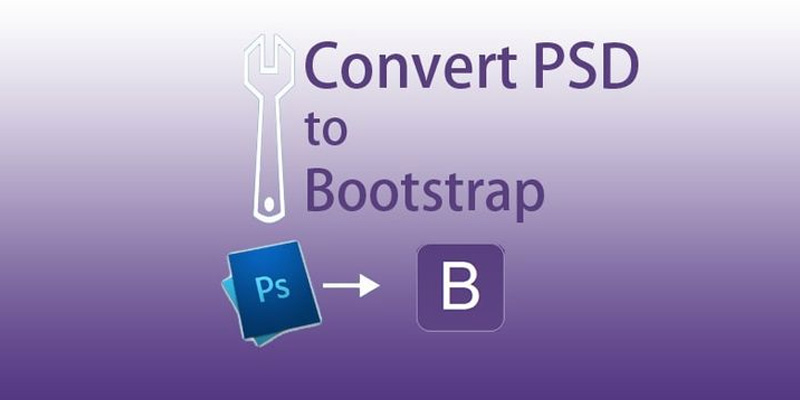
Converting a PSD design into Bootstrap involves the process of transforming a visual design created in Adobe Photoshop (PSD format) into a fully functional website or web application using the Bootstrap framework. This conversion typically includes translating the static elements of the PSD, such as images and layout, into responsive and dynamic components that Bootstrap provides. Here are key points to effectively convert PSD designs to Bootstrap:
1. Slice PSD Files
Begin by slicing the PSD files into individual elements, considering the structure of the design and separating components like headers, footers, and content sections.
2. Organize Layers and Assets:
Organize layers and gather necessary assets, such as images and icons, to streamline the integration process and maintain a clean, structured code.
3. Create HTML Structure
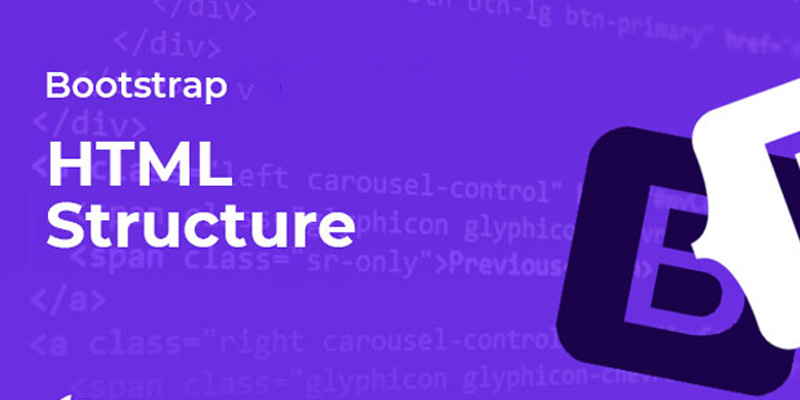
Establish the HTML structure by translating the design components into corresponding HTML elements. Utilize Bootstrap’s grid system to define the layout and columns.
4. Integrate Bootstrap CSS
Incorporate Bootstrap’s CSS framework to leverage its predefined styles and classes. This ensures consistency and responsiveness across various devices.
5. Responsive Design Implementation
Utilize Bootstrap’s responsive utilities and media queries to adapt the layout for different screen sizes, ensuring optimal viewing on desktops, tablets, and mobile devices.
6. Customize Styles with CSS
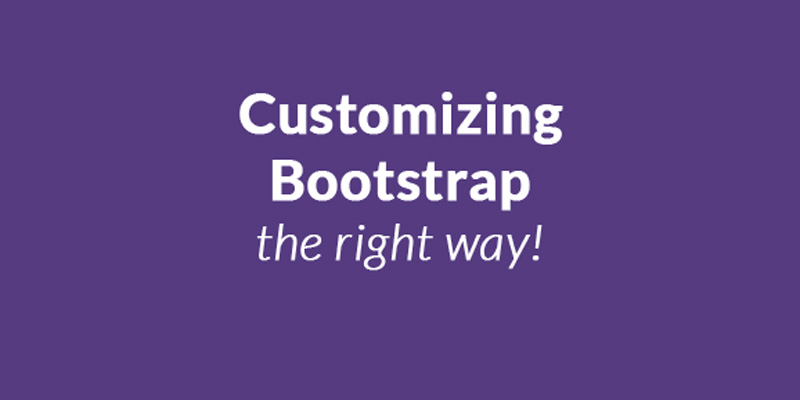
Tailor the styles using additional CSS to match the specific design details and enhance the visual appeal while maintaining Bootstrap’s core responsiveness.
7. Add JavaScript Functionality
Integrate Bootstrap’s JavaScript components or additional custom scripts to implement interactive features like dropdowns, modals, and sliders as per the design requirements.
8. Cross-Browser Compatibility
Test the converted layout across various browsers to ensure consistent rendering and compatibility, making adjustments as needed for optimal performance.
9. Optimize for Performance
Optimize the code and assets for improved website performance, considering factors like image compression, code minification, and proper use of Bootstrap’s features.
10. Testing and Debugging
Thoroughly test the responsiveness, functionality, and appearance on different devices. Debug and refine the code as needed to address any issues or inconsistencies.
Get A Free Estimate on Website DesignConverting Bootstrap HTML to WordPress
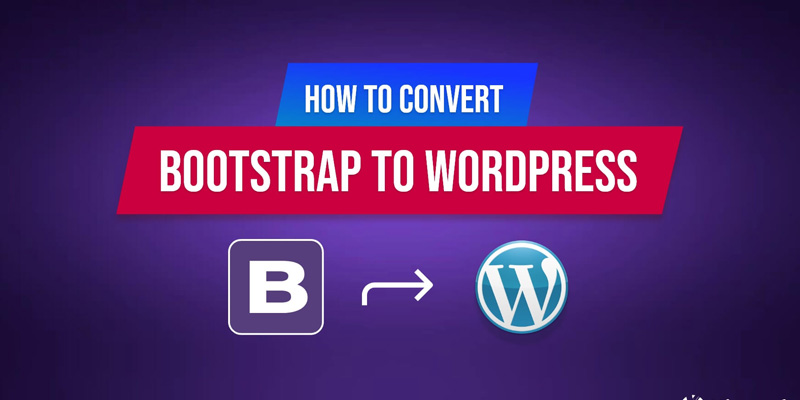
The process of converting Bootstrap HTML to WordPress involves transforming a static website built with Bootstrap into a dynamic and manageable WordPress site. In simple terms, it’s taking the design and functionality created using Bootstrap and adapting it to work within the WordPress platform. Here’s a breakdown of the process:
1. Breakdown HTML Structure
Analyze the existing HTML structure and identify the various components such as headers, footers, and content sections. Break down the HTML code into modular components for easier integration with WordPress.
2. Create a WordPress Theme Folder
Set up a new theme folder within the WordPress installation directory to house the converted HTML files. This folder will include essential files like style.css, index.php, and other template files.
3. Understand WordPress Hierarchy
Familiarize yourself with the WordPress theme hierarchy, including template files such as header.php, footer.php, and single.php. Adjust the HTML structure to fit within this hierarchy for consistent rendering across pages.
4. Enqueue Styles and Scripts
Enqueue Bootstrap styles and scripts properly in the theme’s functions.php file. This ensures that Bootstrap’s CSS and JavaScript resources are loaded efficiently without conflicts with WordPress core files.
5. Implement WordPress Features
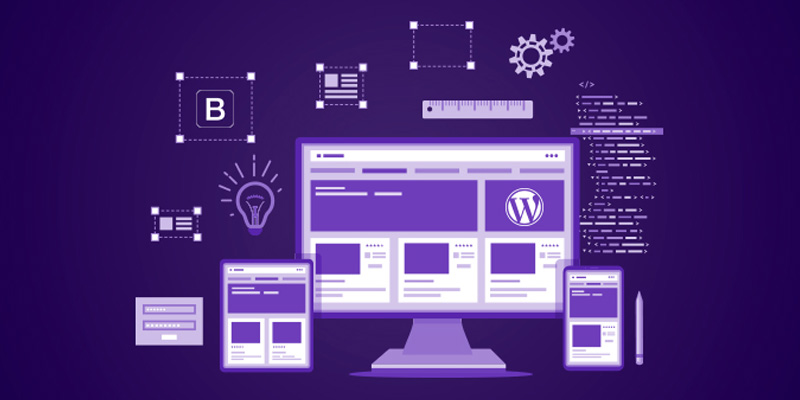
Utilize WordPress features such as custom menus, widgets, and theme customization options to enhance the functionality and user experience. Integrate these features into the theme’s files as needed.
6. Convert Static Areas to Dynamic Templates
Transform static areas, like the navigation menu or featured sections, into dynamic templates using WordPress functions. This allows for easier content management through the WordPress admin panel.
7. Configure Widget Areas
Define widget areas within the theme to make it widget-ready. This enables users to easily add and customize widgets through the WordPress dashboard.
8. Optimize for SEO
Implement SEO best practices by incorporating WordPress SEO plugins, optimizing meta tags, and ensuring proper heading structures to enhance the site’s visibility on search engines.
Get A Free Estimate on Website DesignGoal: Turn PSD Design into WordPress Site
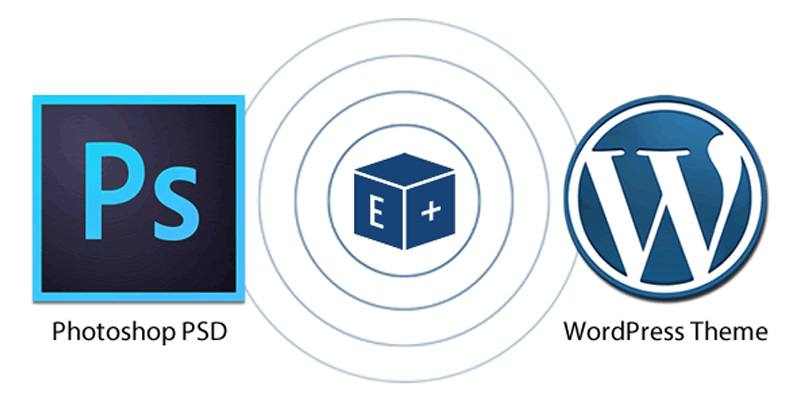
However, Our main objective is to transform a Photoshop (PSD) design into a fully functional WordPress website. This process involves translating the visual elements and layout from the PSD file into a dynamic and easily manageable WordPress site. We focus on converting the static design into WordPress templates, incorporating dynamic content features, and utilizing the various functionalities offered by WordPress, such as themes and plugins. By achieving this goal, we aim to establish a website that not only preserves the essence of the original PSD design but also harnesses the power of WordPress for seamless content management and enhanced functionality.
Strategic Design Integration
However, In our pursuit of excellence, the primary focus is on seamlessly translating a Photoshop (PSD) design into a fully operational WordPress website. This intricate process involves dynamic adaptation, transforming visual elements and layouts from the PSD file into WordPress templates. Furthermore, We prioritize the conversion of a static design into flexible WordPress templates, incorporating dynamic content features and utilizing the extensive functionalities provided by WordPress, including themes and plugins.
Get A Free Estimate on Website DesignSoftware House’s WordPress Development with Bootstrap Services
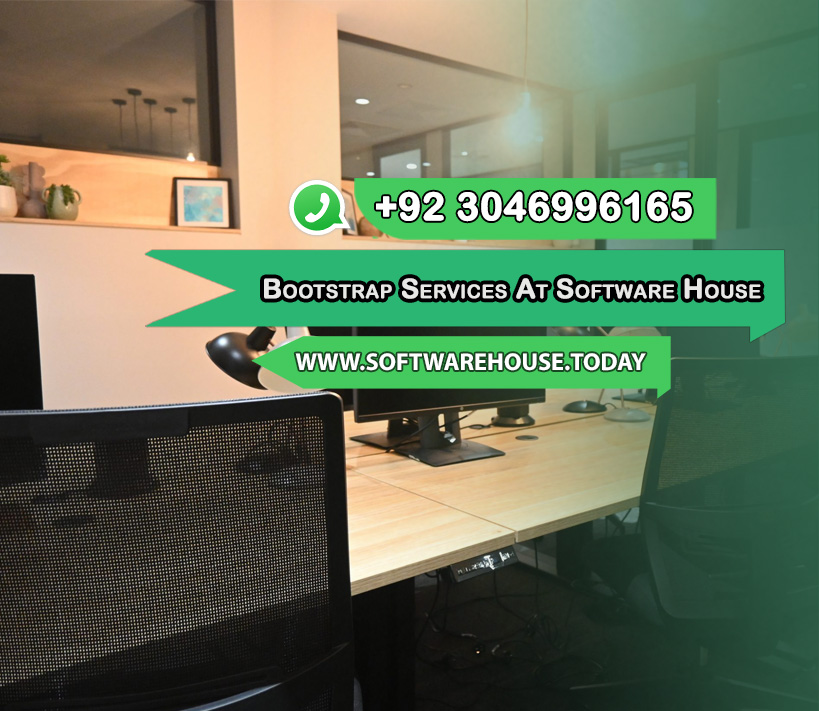
Certainly, At our Software House, we take pride in offering top-notch “WordPress Development with Bootstrap” services. This specialized service involves seamlessly integrating the robust features of WordPress with the responsive design capabilities of Bootstrap. In straightforward terms, we transform static designs into dynamic, user-friendly websites. Leveraging Bootstrap’s pre-designed elements and responsive grid system, our goal is to ensure that your websites not only retain their original aesthetics but also harness the power of WordPress for smooth content management and scalability.
Potential of Bootstrap for WordPress Websites
Moreover, Within our Software House, our “WordPress Development with Bootstrap” services embody an efficient collaboration of two influential technologies. However, We meticulously dissect Bootstrap HTML, translate it into WordPress templates, and make strategic use of WordPress features like themes, widgets, and plugins. The result is websites that not only capture the visual essence of the original design but also capitalize on the user-friendly content management and scalability benefits provided by the WordPress platform.


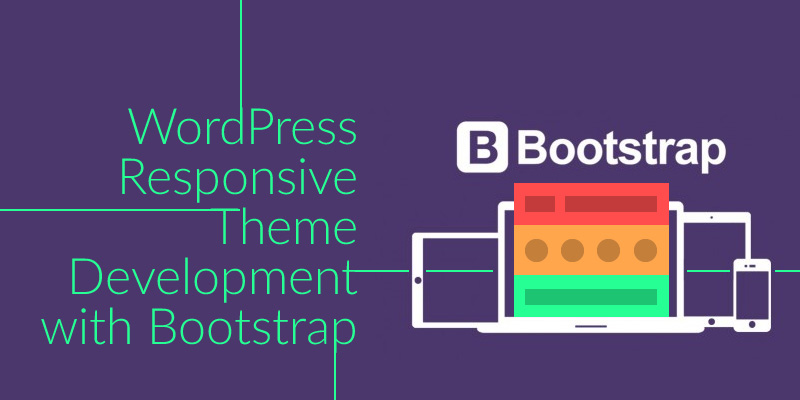

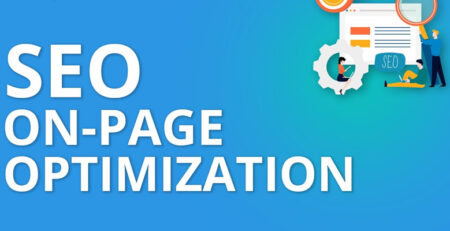


Leave a Reply